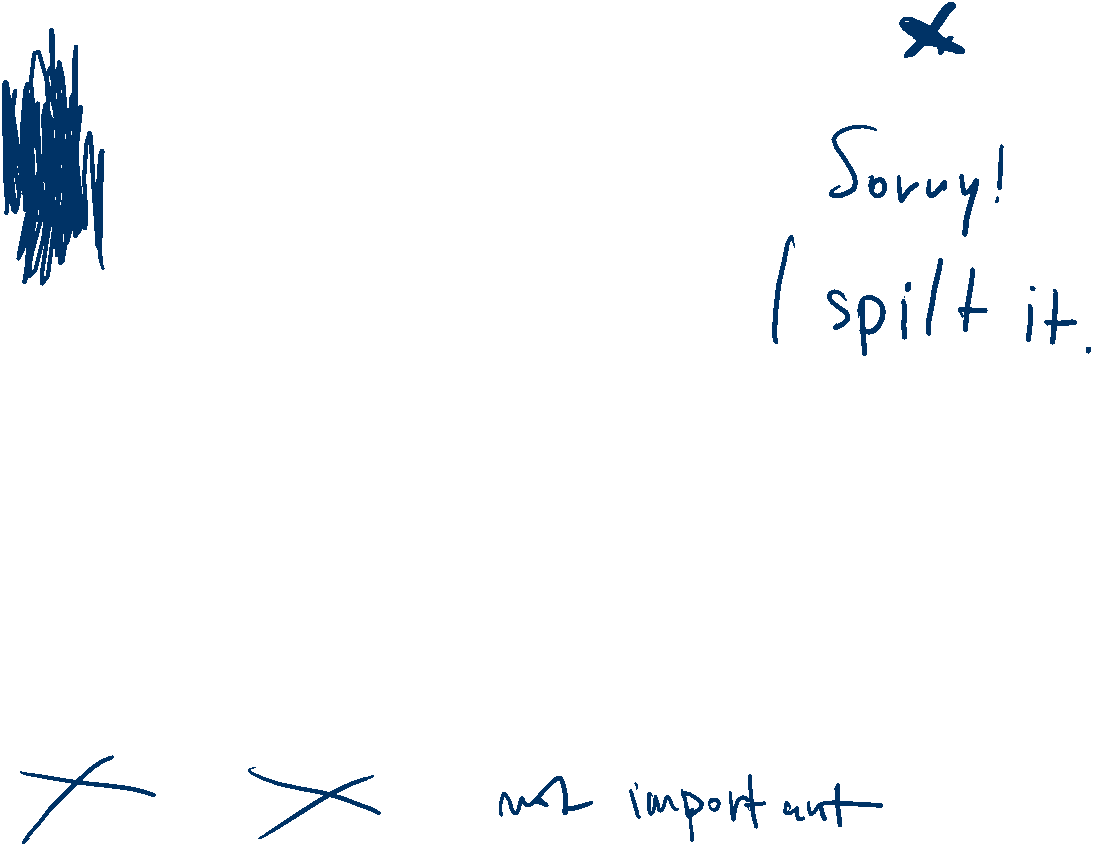Here’s a look at the Korean War. Although hostilities ceased in 1953, there has been no formal end to the war.
Causes of the Korean War
Korea was under Japanese rule before and during World War II, and was divided into two parts after the Japanese surrender. The Soviet Union occupied the area north of the 38th parallel and the United States occupied the area south until 1948.
Two new ideologically opposite countries were established in 1948: The Republic of Korea (South Korea) and the Democratic People’s Republic of Korea (North Korea).
North Korea wants reunification under communist rule.
Other Facts
The first war in which the United Nations played a role. When asked to send military aid to South Korea, 16 countries sent troops and 41 sent equipment or aid. China fought on the side of North Korea, and the Soviet Union sent them military equipment.
The United States sent about 90% of the troops that were sent to aid South Korea.
The first war with battles between jet aircraft.
The truce talks lasted two years and 17 days.
There has never been a peace treaty, so technically, the Korean War has never ended.
Casualties by Country (killed and missing)
Source: Encyclopedia Britannica
South Korea - (217,000 military, 1,000,000 civilian)
North Korea - (406,000 military, 600,000 civilian)
China - (600,000 military)
US Casualties
Source: Dept. of Defense
Hostile: 33,739
Non-Hostile: 2,835
Timeline
November 1947 - The United Nations General Assembly approves elections to be held throughout Korea to choose a provisional government for the entire county. The Soviet Union opposes this.
May 10, 1948 - The people of South Korea elect a national assembly, setting up the government of the Republic of Korea. The north refuses to take part.
September 9, 1948 - North Korean Communists establish the Democratic People’s Republic of Korea.
June 25, 1950 - 135,000 soldiers from the communist North Korean People’s Army (NKPA) cross the 38th parallel and invade Republic of Korea (ROK).
June 25, 1950 - The UN Security Council denounces North Korea’s actions and calls for a cessation of hostilities and withdrawal of the NKPA to the 38th parallel.
June 26, 1950 - US President Harry S. Truman directs General Douglas MacArthur to evacuate American dependents from Korea and to assist the ROK Army.
June 30, 1950 - Truman orders ground troops into action.
July 1950 - In the first month of the war, US soldiers kill significant numbers of Korean civilians under a bridge, near a village called No Gun Ri. It is unclear whether the soldiers were ordered to kill civilians or acted on their own.
July 5, 1950 - For the first time since the end of World War II, US troops go into battle, at Osan, 30 miles south of Seoul. Private Kenneth Shadrick of West Virginia becomes the first American casualty of the Korean War.
June 23, 1951 - Jacob Malik, a Soviet delegate to the UN, proposes a cease-fire.
July 10, 1951 - Truce talks begin at Kaesong.
October 25, 1951 - Truce talks are moved to Panmunjom.
November 27, 1951 - Both sides agree the existing battle lines would be the final dividing line between North and South Korea if a truce is reached in 30 days.
April 1952 - Truce talks are deadlocked over voluntary repatriation.
October 8, 1952 - Truce talks are adjourned.
April 26, 1953 - Truce talks are resumed, and the Communists agree to voluntary repatriation.
July 27, 1953 - Democratic People’s Republic of Korea, Chinese People’s Volunteers and the UN sign an armistice agreement. The Republic of Korea refuses to sign. However, hostilities cease within 12 hours. Terms of the armistice include creation of the demilitarized zone, the DMZ. Each side is 2,200 yards from a center point. The DMZ is patrolled by both sides at all times.
June 2000 - The Pentagon says a clerical error mistakenly added more than 20,000 noncombatant deaths to the total US casualties in the Korean War.



















